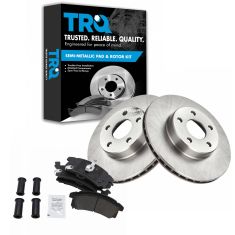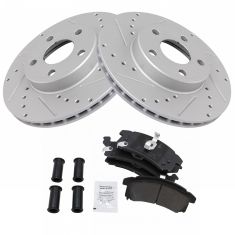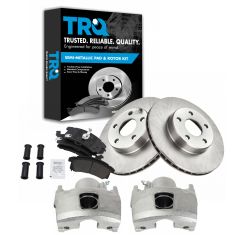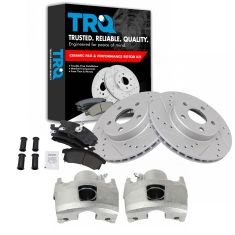1ABPS03019-Chevrolet Buick Pontiac Olds Front Semi-Metallic Brake Pads TRQ BFA73565
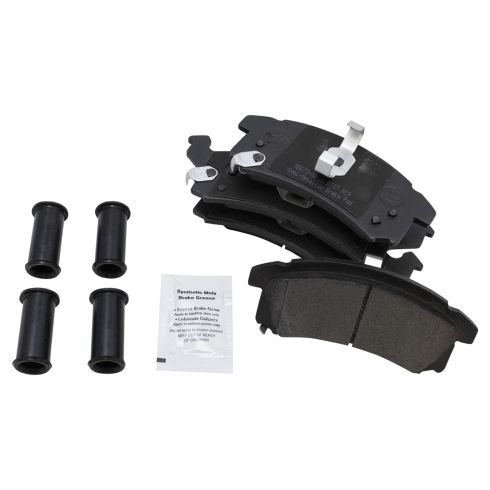
Replaces
1996 Buick Skylark Front Semi-Metallic Brake Pads TRQ BFA73565

Product Reviews
Loading reviews
There are no reviews for this item.
Customer Q&A
No questions have been asked about this item.
Buick is a registered trademark of General Motors Company. 1A Auto is not affiliated with or sponsored by Buick or General Motors Company.
See all trademarks.









